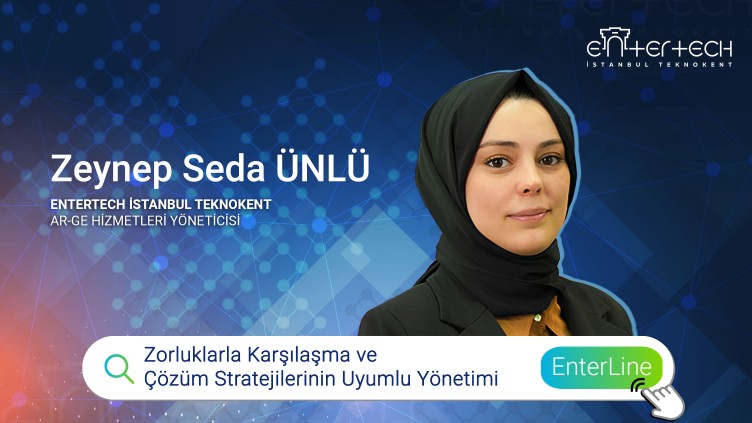The challenges we encounter at every moment of our lives put us to various tests, and to successfully pass these tests, we seek solutions. This applies not only to our social life but also to our professional life. In the workplace, we face many obstacles, such as unexpected problems, unmet tasks, or disrupted schedules. These challenges are a natural part of professional life. However, the way we handle these challenges and the performance we demonstrate during this process are key factors in determining how far we can advance in our careers.
When faced with such a problem, what approach is more appropriate? Is ignoring the problem a solution? Or should we first pause, analyze the situation thoroughly, and try to find the most suitable solution? The answers we provide to these questions determine the difference between success and failure in our professional lives.
A person works to reach the position they aim for in their career, often spending their most valuable resource: time. Every challenge encountered during this process should be viewed as a learning opportunity. It is not enough to merely face problems; we must analyze them in depth and, based on the insights gained from this analysis, develop strategic solutions. This is a critical step toward future success. But is it always possible to conduct such a deep analysis? When facing challenges, is it more effective to generate solutions quickly or rely on strategies derived from detailed analysis?
The answer depends on the nature of the challenge and the urgency of the situation.
In emergencies, crises, or rapidly developing events, quick solutions may be inevitable. Acting quickly and effectively can prevent the crisis from escalating and minimize negative impacts.
On the other hand, in situations where time allows more flexibility, conducting a detailed analysis and developing strategic solutions can be more effective in the long term. In-depth analysis enables us to understand the root causes of a problem and develop lasting solutions, preventing similar issues from recurring and fostering continuous improvement. Additionally, detailed analyses allow for more informed decision-making, optimizing work processes and enhancing performance.
Success in business lies in balancing the ability to produce quick solutions with the capacity to conduct thorough analyses. While acting quickly under time pressure is important, it should be remembered that such solutions may be temporary and require subsequent detailed evaluation. Likewise, when performing in-depth analyses, it is crucial not to delay action for too long.
Both approaches have their advantages and disadvantages. Depending on the situation, these approaches can provide effective short-term solutions while also enabling sustainable long-term success. Being cautious and strategic when making immediate decisions, and managing time effectively during detailed analyses, will reinforce our success in the workplace. This approach fosters a solution-oriented mindset and supports individual growth.
Every problem encountered in the workplace should be seen as a learning opportunity. By using the experience gained from these processes, we can develop ourselves and advance professionally. This attitude not only elevates our personal expertise but also produces positive outcomes for the team or organization. A team equipped with proper analysis and solution strategies can tackle any challenge, turning obstacles into opportunities and growing stronger in the process.
In conclusion, adopting a multidisciplinary approach in professional life is the key to achieving success.
